Love Swimming? Beware of Sunburned Skin
Sunburned skin often occurs while swimming because many people mistakenly believe that water can protect the skin from the sun’s rays.
In reality, it doesn’t.
Even when your body is submerged, your skin can still get sunburned because water offers only minimal protection against UV rays.
In fact, about 40% of UV radiation can penetrate nearly half a meter below the water’s surface.
This means your skin is still exposed to sunlight that can cause burns, irritation, and premature aging. The risk can be even higher because water reflects sunlight, intensifying the UV exposure to unprotected skin.
What Is Sunburned Skin?
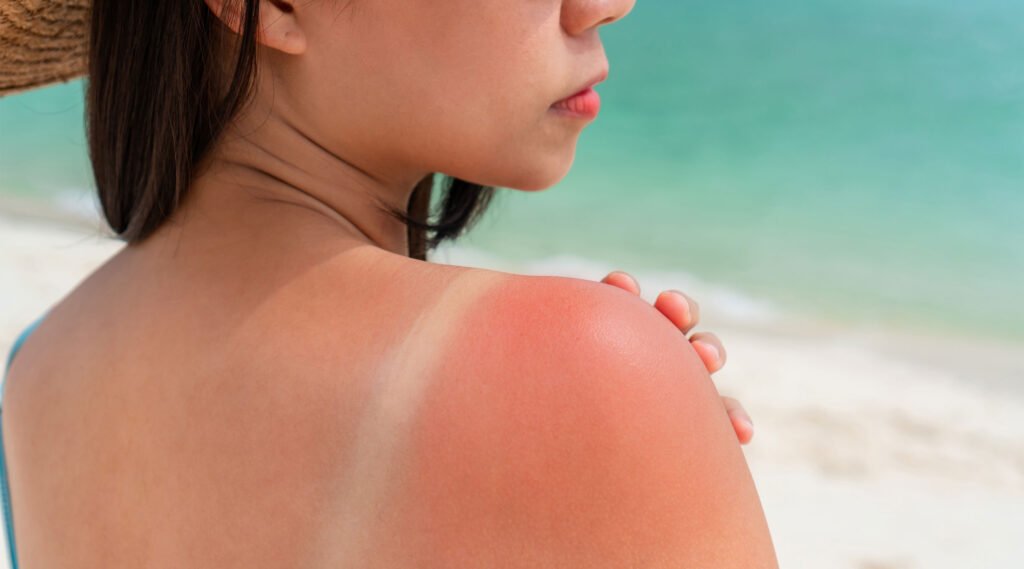
Sunburn isn’t just about having red skin — it can be painful, cause dryness, burning sensations, and peeling. It occurs when ultraviolet (UV) radiation from the sun—or artificial sources like tanning beds—damages skin cells.
When your skin is exposed to UV rays for too long without protection, the radiation penetrates the outer layer of the skin and triggers inflammation.
As a result, your skin turns red, feels hot, and becomes sensitive to touch. In more severe cases, it may blister, cause fever, or even chills.
Tips to Prevent Sunburned Skin While Swimming
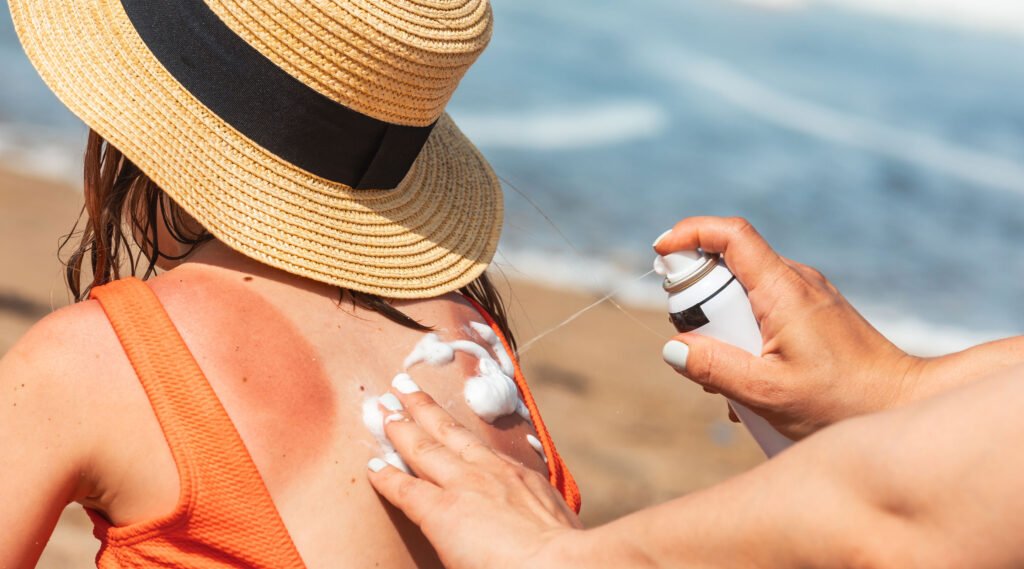
Swimming outdoors can be refreshing, especially on a sunny day. While it might not be practical to wear full protective clothing, there are smart ways to keep your skin safe from the sun’s damaging effects.
1. Swim when the sun isn’t too harsh
Try swimming in the early morning or late afternoon when the sun’s rays are less intense. Avoid swimming between 10 a.m. and 3 p.m., when UV levels are at their peak.
2. Apply sunscreen
Before entering the water, apply a water-resistant sunscreen with a high SPF at least 10–15 minutes beforehand.
Choose a zinc oxide–based sunscreen that lasts 2–4 hours for maximum protection. Don’t forget to ask someone to help apply sunscreen to hard-to-reach areas like your back and shoulders.
3. Choose protective but comfortable swimwear
Wear swimsuits that cover your shoulders and back to reduce direct sun exposure. If possible, opt for wetsuits or rash guards designed to block UV rays while still being comfortable in the water.
4. Wear a swim cap
A swim cap provides extra protection for your head and ears. When resting in the water, face away from direct sunlight to shield your face and neck.
5. Avoid sunbathing for too long
Limit swimming time during midday hours, and avoid sunbathing after swimming. Wet skin is more sensitive to UV rays and burns more easily.
How to Treat Sunburned Skin for Faster Recovery
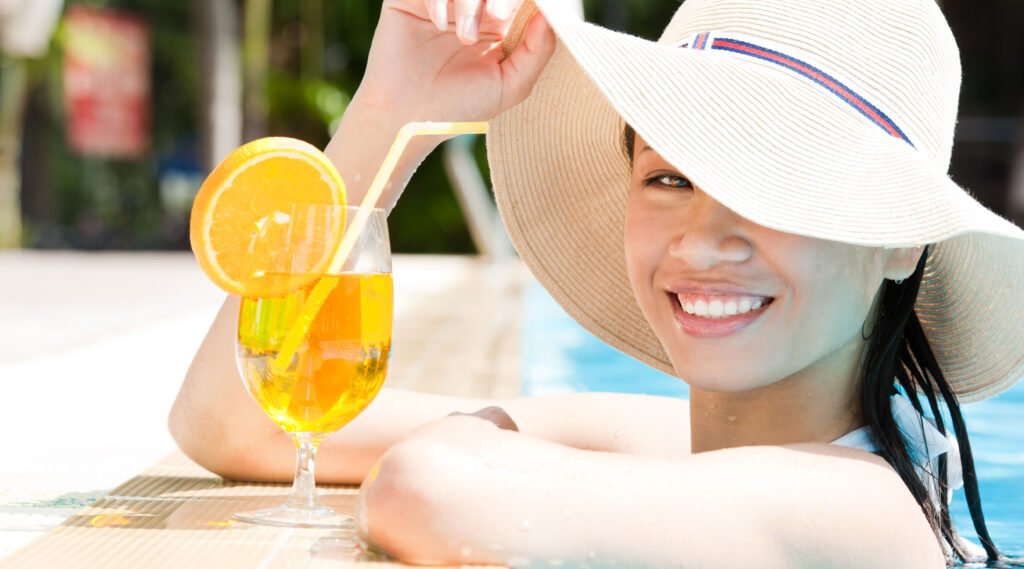
When your skin gets sunburned, it can feel sore, hot, and dry, sometimes even peeling. Though it might seem like a minor issue, sunburn actually indicates cellular damage caused by UV radiation.
That’s why proper care is essential to help the skin heal and prevent lasting marks.
1. Stay hydrated
Sunburn draws moisture from the body, increasing the risk of dehydration. Drinking plenty of water helps your skin repair and recover from within.
2. Take cool baths
A cool bath can soothe burning and stinging sensations. Avoid hot water, as it worsens irritation. Adding colloidal oatmeal or baking soda to your bath can help relieve itching and inflammation. Gently pat your skin dry afterwards.
3. Apply a gentle moisturizer
After drying off, use a light moisturizer or natural lotion such as aloe vera gel. Aloe vera’s anti-inflammatory properties can calm irritation and speed healing. Avoid harsh products containing alcohol, fragrances, or strong chemicals.
4. Take pain relievers if needed
If discomfort persists, over-the-counter pain relievers like ibuprofen or acetaminophen can help reduce pain and inflammation.
5. Do not pop blisters
If blisters form, never pop them — they serve as a protective barrier against infection. Cover the area with a sterile dressing to keep it clean and protected.
6. Don’t peel flaking skin
Let peeling skin shed naturally. Forcing it off can slow healing and increase the risk of infection or scarring.
With the right care and patience, sunburn usually improves within a few days to a week. To prevent it from happening again, always wear sunscreen before outdoor activities — especially when swimming or sunbathing.
References
Ausparms. accessed in 2025. Why Do You Burn Quicker in the Water?
Cleveland Clinic. Accessed in 2025. Sunburn.
Ocean Swims. Accessed in 2025. Sunburnt swimmers: Protecting yourself out in the water.
Sunsmart. Accessed in 2025. Sunburn.









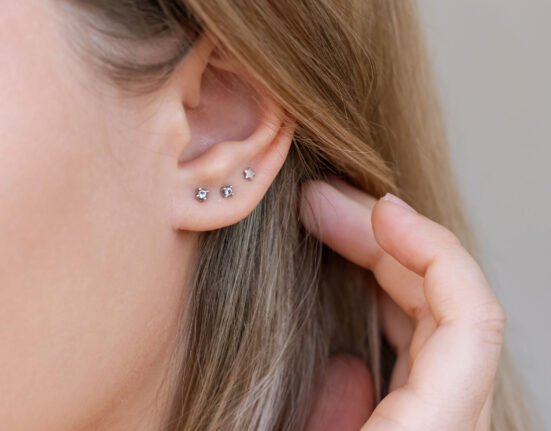
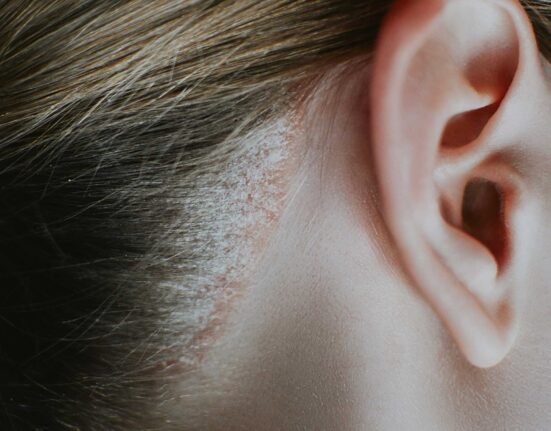
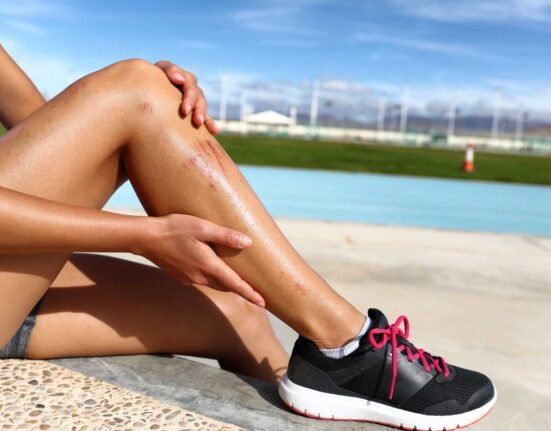


Leave feedback about this